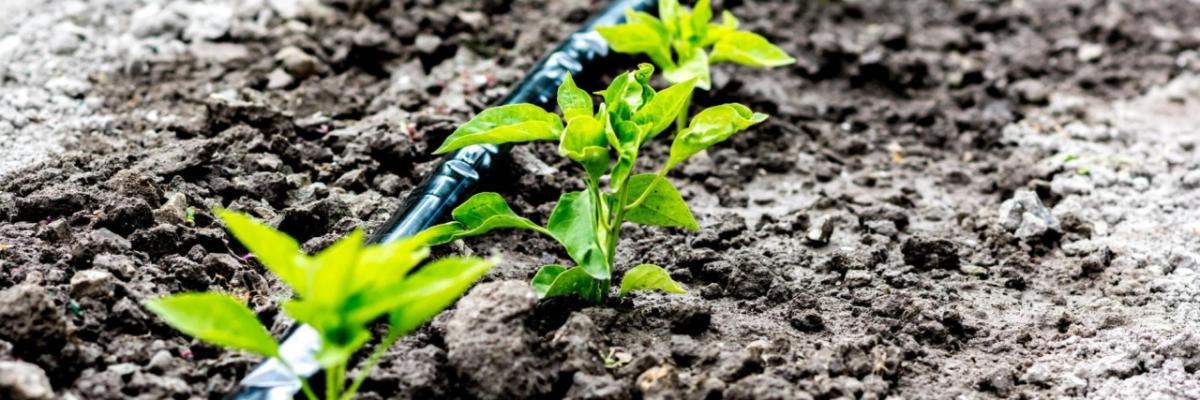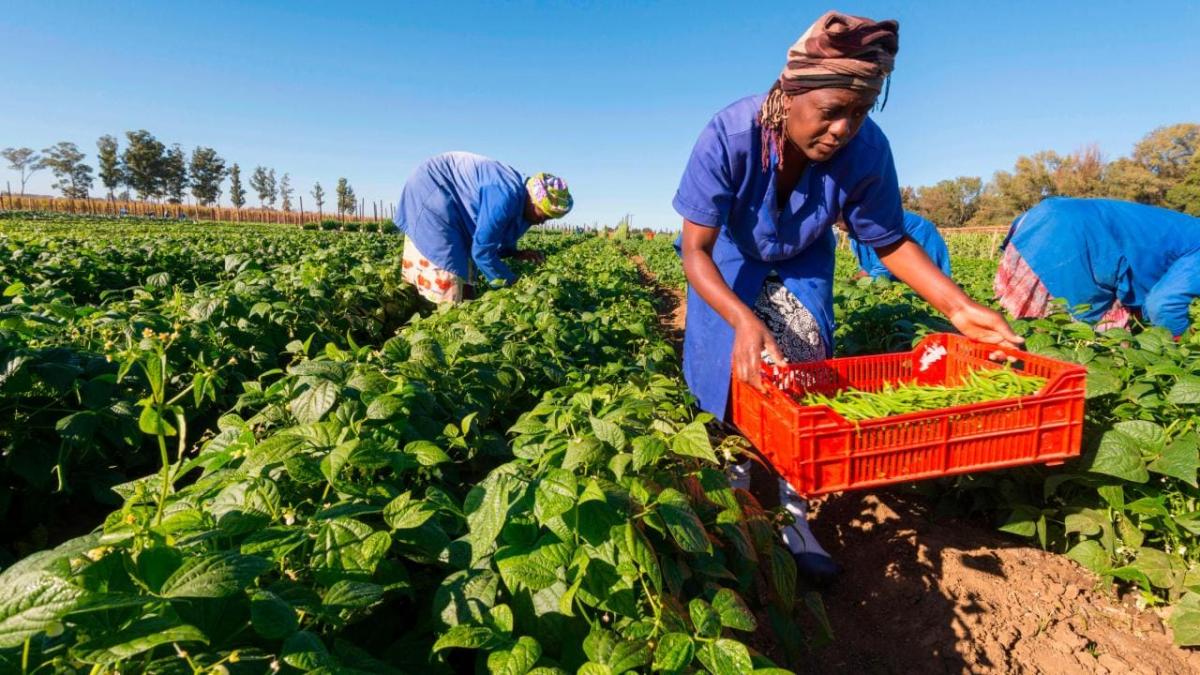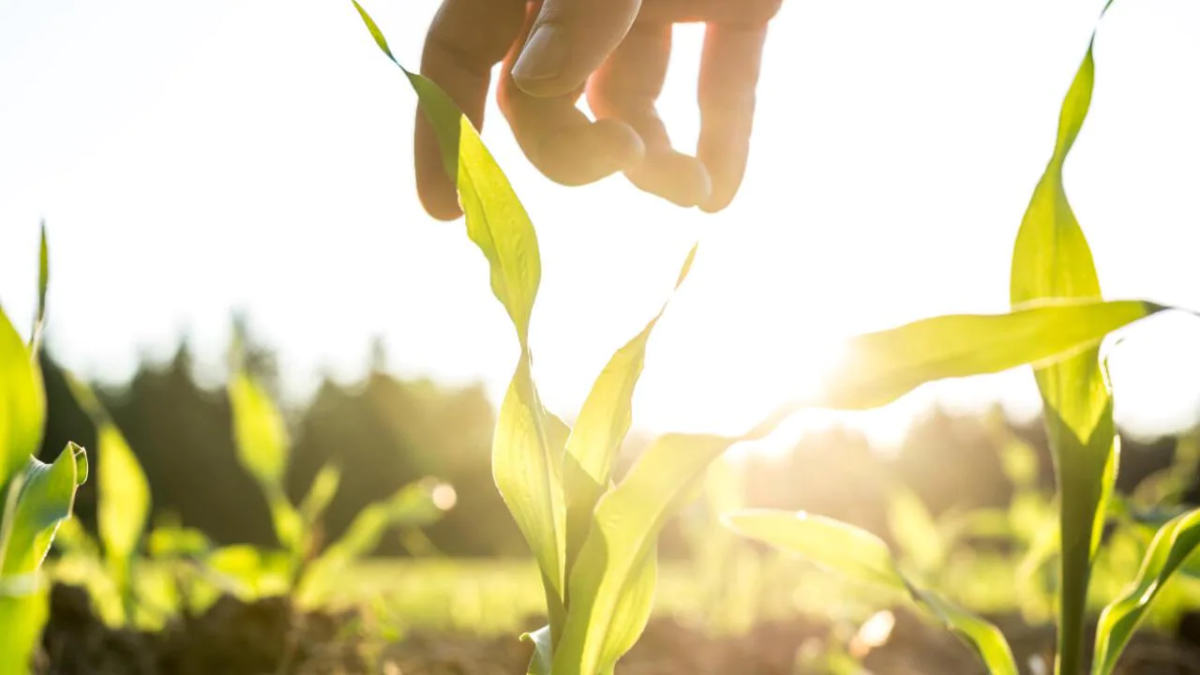How Biologicals Add a New Dimension to Integrated Crop Management
The future of agriculture is about striking a delicate balance. A balance between finding ways to grow enough and decreasing its footprint. A balance between short-term and long-term: meeting everyone’s nutrition needs, while leaving our ecosystems in good health for tomorrow.
Amidst this background, we in the agricultural value chain are asking ourselves: How can we continue to reduce the residues of crop protection products? How can we prevent crop-destroying pests and diseases developing resistance to the active ingredients we rely on? How can we farm regeneratively, preserving and improving soil health year-on-year? And how can we do this without losing the crop yields that provide us with food, feed and fiber?
Policymakers have taken on this issue by setting Maximum Residue Levels for many chemicals used to protect food crops. Major retailers are even more ambitious, and demand that their suppliers go beyond the legal standard. It is no surprise that the EU reported that 96% of the food samples it analyzed were within all legal residue limits. Nevertheless, we always strive for constant improvement: identifying ways to take the residue and resistance management, environmental and crop safety, and crop quality to the next level.
This is why biologicals are such a crucial and exciting tool. With active ingredients derived from naturally occurring sources, they give farmers a whole new way to protect their crops and limit their environmental impact. Unlocking the potential of integrated crop management systems, biologicals help bring people what they need: nutritious fruit and vegetables, produced to high standards of quality and sustainability, with minimal residues.
The biologicals market
Demand for biologicals is growing significantly, in line with humanity’s rising ambition for sustainability. Between 2019 and 2028, the biologicals market is forecasted to more than triple in value, ultimately reaching $27.2bn. Of this, three-quarters is applied to fruit and vegetables; more than 60% of biologicals are applied for pest and disease control, with bio stimulants and fertilizers making up the rest.
At Bayer, we are committed to reduce the environmental impact of our crop protection solutions by 2030, therefore our mission is to help bring more biologicals to farmers so we can achieve this ambitious goal. Following an open innovation model, we collaborate with best-in-class innovators across all stages of the R&D pipeline to discover and market new active ingredients derived from the power of nature (see box below). Our biological innovation journey is just beginning and there are many exciting developments yet to come.
Our latest partnerships in biologicals
In 2021, we led a $45m investment in Sound Agriculture, a pioneering technology company whose flagship product, SOURCE, is a bio-inspired fertilizer that stimulates microbes in the soil, giving crops more access to nitrogen and phosphorus. Used at scale, it could reduce global nitrogen fertilizer volumes by as much as 30%.
We also co-led a $15m investment in Andes, whose biological seed treatments employ microbes to enable nitrogen fixation, making seeds ‘self-sustaining’ and reducing the need for synthetic seed-treatment products.
Benefits where it counts: in the field
There are many benefits to biologicals at wider society level – but what about farmers who use them?
Biologicals are a new addition to farmers’ plant protection arsenal. Growers use biologicals – either alone or as part of an integrated crop management strategy – to protect crops precisely and efficiently, reducing both losses and expenditure on inputs. At the same time, they help meet retailers’ sustainability standards, thereby safeguarding growers’ market access. All in all, they support yield, profitability and long-term prosperity.
For example, Serenade – a microbial solution for control of soil and foliar bacteria as well as fungal diseases – is being used on potatoes, instead of conventional products. Not only does it have an effect on Helmintosporium, Rhizoctonia and common scab, but it also enhances the strength and appearance of potato skins, extends shelf-life, and thereby supports yield and combats food loss.
In topfruits and softfruits, Serenade and Flipper – a bio-insecticide derived from virgin olive oil, effective against a wide range of pests but safe to beneficial species – are in widespread use, powering a biodiversity-enhancing, low-impact production system with no residues at harvest.
In Southern Europe, Vynyty has been launched in a special formulation to control orange, lemon and grape farm pests. Using a pheromone-based attraction and repulsion system that keeps harmful insects off fruit, it requires no spraying at all – just hanging a product diffuser in the orchard.
Integrated, not isolated, for best results
Biologicals can complement and even replace traditional crop protection products. Complete replacement happens mainly in the fast-growing organic sector, which relies on labeled and authorized biologicals.
But biologicals are not exclusive to organic farming. Every farmer can benefit from biologicals as part of their crop protection toolbox. Their most effective use case is complementary to other technologies – traditional crop protection, but also seed traits and digital tools – in an Integrated Crop Management System that creates more value than any single solution (see our Root2Success program). Since pests and diseases are ever-evolving and regulations are ever-changing, it is of utmost importance to equip farmers with as many tools as possible to produce healthy, safe and nutrient-dense crops in a sustainable manner.
Traditional crop protection products still have a role in an integrated system, for the control of high-pressure pests or pathogens. But with biologicals as part of the system, farmers can manage lower pest and disease pressures for longer, so chemical applications are kept to a minimum – and kept further from harvest time. They will also be better equipped to manage resistance, since they are applying a greater variety of active ingredients with different modes of action to their crops. All the while, digital platforms give them a better understanding of precisely what to apply and when.
This holistic approach is the next frontier in agriculture. But it is a complex one and needs the right equipment and practices to make it work at field level. Therefore, at Bayer, we are committed to supporting farmers with advisory and stewardship services to enable them to use every tool in their toolbox in an integrated, science-based manner. This is how we achieve our true aims: boosting yields while reducing not merely volumes of inputs, but impacts. It is our route to mastering the balance in agriculture that we sorely need.
View original content here.




